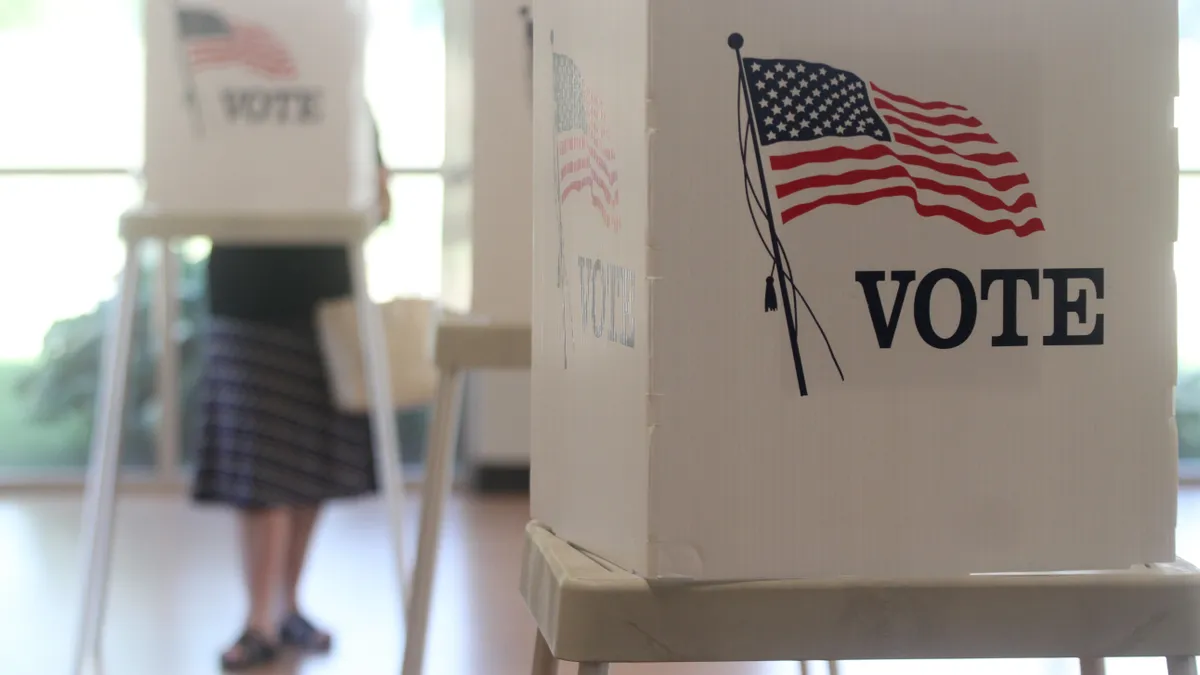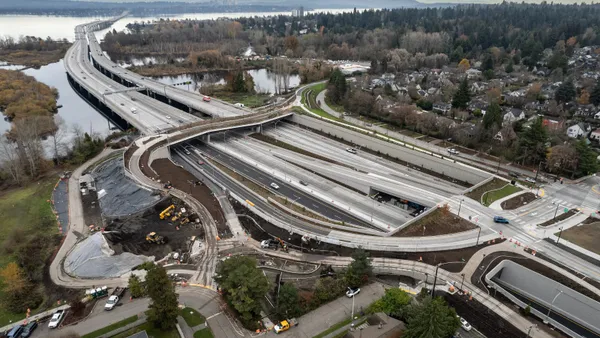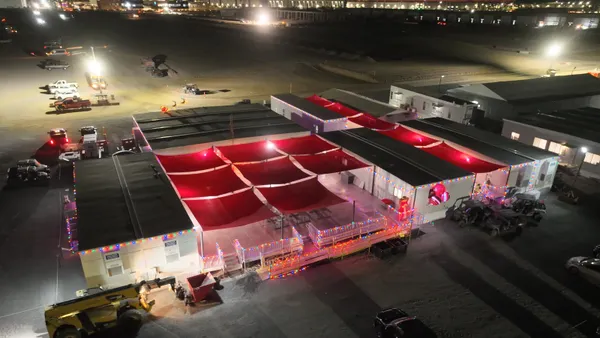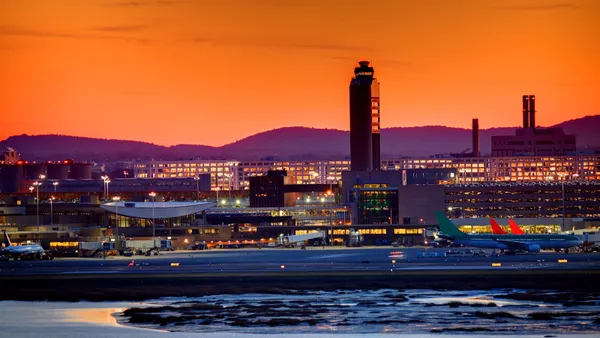Dive Brief:
-
The Honolulu City Council has given the green light to Manaolana Place, a $700 million mixed-use high-rise that will be the state's first transit-oriented development (TOD), Commercial Property Executive reported.
-
The city's approval came after lengthy affordable-housing negotiations with Los Angeles-based project managers Salem Partners, which has agreed either to build 20 affordable units within a mile of the rail station — translating to $7 million in community benefits — or pay $3 million directly to the city housing fund.
-
The 36-story tower will feature a 125-room luxury hotel, 109 upscale condominiums, a bar and a restaurant, and it will provide easy pedestrian access to the Hawaii Convention Center, an open-air marketplace and a scheduled light rail station. Completion is slated for 2020.
Dive Insight:
A TOD is a compact, sustainable mixed-use community built around rail access, giving residents alternatives to using their vehicles, according to the Transit Oriented Development Institute. Transit investment, according to the Institute, results in twice the economic benefit of highway investment. In addition, pedestrian-focused communities are found to reduce traffic congestion, improve the health of residents and stabilize property values.
Honolulu's rapid transit ambitions haven't been without their hurdles, however. In April, both the chairman and executive director of the Honolulu Authority for Rapid Transportation resigned amid claims of mismanagement of the city's $6.5 billion rail initiative, which is now estimated to be $8.6 billion. A city audit discovered incomplete records, as well as cost overruns and incomplete system and maintenance plans just prior to chairman Dan Horner's and executive director Dan Grabauskas' exits.
Now that the project finds itself with a $1.8 billion funding gap, the Authority was forced to submit a plan last month to the Federal Transit Agency — which pledged $1.55 billion toward the rail project — to explain how it will come up with additional money or reduce the system's scope. According to Honolulu Civil Beat, the FTA signed onto the project when its projected cost was $5.2 billion.














